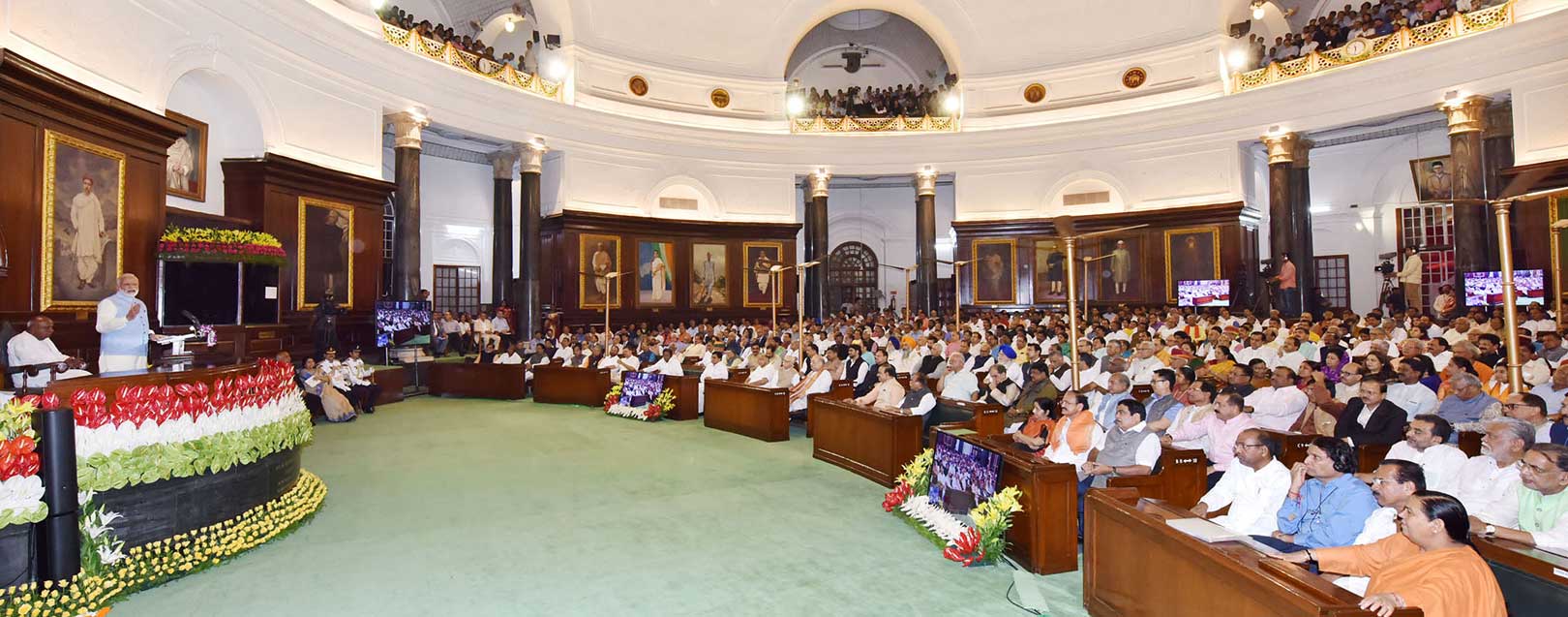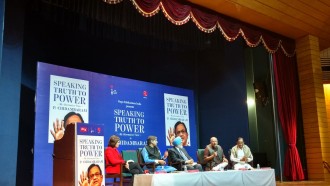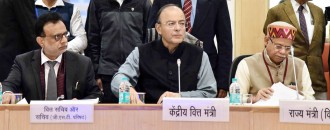
The 2009 GST framework had only two rates, 5% & 14%, Asim Dasgupta
by Sheela Mamidenna
As the Chairman of the Empowered Group of State Finance Ministers which was instrumental in the formulation of GST Laws in 2009, Dr Asim Kumar Dasgupta can be rightly called as the ‘architect of GST’. A reformer by heart he set out to mastermind the most ambitious tax reform in Indian history by introducing the Value Added Tax (VAT). He was the man who was instrumental in doing away with many draconian tax levies such as octroi and highway toll in West Bengal and was fondly referred to as ‘my US-trained finance minister’ by the then Chief Minister of West Bengal, Jyoti Basu.
Dr Dasgupta, an MIT graduate continues to inspire the new generation as he lectures at various seminars and reorganises his thesis titled, ‘Essays on Income Distribution and Capital Accumulation in Developing Countries’ that is likely to be released in 6 months.
In a freewheeling conversation with The Dollar Business, Dr Dasgupta speaks about the Goods and Services Tax (GST) framework that the Empowered Committee of State Finance Ministers had formulated and how the Central Government could address the challenges going forward.
TDB: When the VAT was introduced in 2005, it was considered a historic move. How would you describe the reformation?
Asim Kumar Dasgupta (AKD): The Value Added Tax (VAT) was the first step that eased the tax burden in India. Before VAT was introduced, we only had Excise Duty or Sales tax, and the scenario was such that even before a product was produced there were taxes on inputs. You can also say that before VAT was introduced, there was a tax on tax. VAT allowed deductions from output tax and taxes were paid only on the input, removing the cascading tax effect. So, VAT itself was a significant step forward initiated by the Empowered Committee of the State Finance Ministers.
The Central Value Added Tax (CENVAT) was introduced in 2004 and VAT was introduced on April 1, 2005. The beauty of VAT was that even after the tax relief was given, the government’s coffers increased with tax revenues – the revenue of the state governments increased from an average 11% to nearly 22% rate of growth. The reason being, the input tax credit or deduction happened only if the tax is paid. And this happened due to self-policing in the entire system.
TDB: Several critics have pointed out that VAT had several drawbacks. What’s your opinion?
AKD: Well, VAT had two major drawbacks both at the central and state levels. The first drawback was that in addition to VAT, there were several other taxes levied by both central and state governments. For example, in addition to VAT, the central government levied Additional Excise Duty, Excise Duty on medicines, Customs Duty, Special Additional Customs Duty and much more along with several cesses. And at the state level, there were entry taxes at the check posts, entertainment tax, luxury tax, state cesses, etc. The second drawback was that the states did not get power to levy taxes on services – which is an anomaly you can say. So, yes, VAT has its string of setbacks.
TDB: You have been instrumental in drafting GST framework back in 2007. Do you find any disparities between the earlier framework and the current GST?
AKD: In 2007, the former Union Finance Minister Chidambaram had requested the Empowered Committee of State Finance Ministers to draft a framework for a possible GST. The Committee worked intensively (with the help of many eminent individuals, especially Parthasarathi Shome, a noted tax expert and an advisor to the then Finance Ministry) and submitted the framework in 2009. Since this is a federal structure, we had formulated that there would be a GST structure by the Centre (CGST) and by the States (SGST). But we ensured that the structure remains similar between CGST and SGST.
The Committee did not categorise what commodity will fall under which rate, but we agreed on two rates, 5% and 14%. The 5% was kept for essential commodities and industrial inputs while the 14% rate was kept as the general rate. However, we did mull over a special rate for gold and silver at 1%. But under the current tax regime, the states have kept the two-rate structure while the Centre has too many rates: 5%, 12%, 18% and 28%. With that said, I do find some similarities between the two structures, such as the Composition Scheme.
TDB: And how do you see the states benefiting under the GST?
AKD: GST is a significant step forward – in the sphere of indirect tax reform of India. This is a step forward in the tax structure, provided it can help reduce the tax burdens and help the government increase revenue through taxation. GST has abolished more or less the additional taxes both at the Centre and state levels. And I believe that products that are excluded from the 1st phase of GST, such as petroleum products will in time come under the GST bracket. In the earlier regime, only the Centre could levy taxes on services as they were under the Residual List. But now, states can also enjoy the benefits of levying taxes on services.
TDB: Many have shared concerns not only about the tax rates but the tight timeline. How do you feel about the execution?
AKD: Yes, there are some concerns and queries, and some groups of traders are expressing their angst. I have also questioned myself, were the traders given enough time to prepare for the transition – why were goods that were earlier categorised under a lower bracket now categorised under a higher tax bracket? The GST Council should analyse the matter and, if deemed necessary, revise some of those rates – just as the fertiliser rate was reconsidered. The government should also award enough time to the business community to acclimatise with the changes. Discussions between the Centre, state representatives and trade bodies should be conducted regularly at the national, state, district and municipal levels. The government must think about educating the people to ensure smooth functioning of GST.
TDB: It was recently announced by Hasmukh Adhia that a six-day workshop on GST will be aired on national television. Do you think the move is enough?
AKD: They should have done this 15-30 days before launching the GST. Nonetheless, it will still send a positive message to the traders. Traders are the representatives of the government, the body that collects the tax on behalf of the government. So, the government and traders should share a strong bond.




-Vertical.jpg)
 to success.
to success.